Refine search
Actions for selected content:
5849 results in Programming Languages and Applied Logic
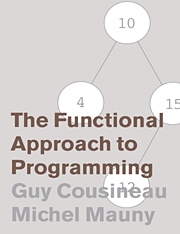
The Functional Approach to Programming
-
- Published online:
- 05 June 2012
- Print publication:
- 29 October 1998
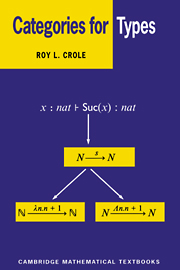
Categories for Types
-
- Published online:
- 05 June 2012
- Print publication:
- 27 January 1994
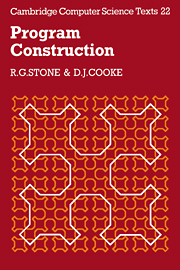
Program Construction
-
- Published online:
- 05 June 2012
- Print publication:
- 05 February 1987
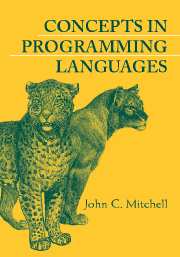
Concepts in Programming Languages
-
- Published online:
- 05 June 2012
- Print publication:
- 14 October 2002

Fundamentals of OOP and Data Structures in Java
-
- Published online:
- 05 June 2012
- Print publication:
- 05 June 2000
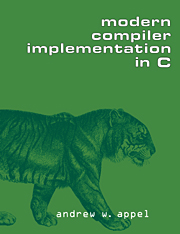
Modern Compiler Implementation in C
-
- Published online:
- 05 June 2012
- Print publication:
- 13 December 1997
CHAPTER 4 - COUNTABLE MODELS
-
- Book:
- A Course in Model Theory
- Published online:
- 05 June 2012
- Print publication:
- 08 March 2012, pp 47-62
-
- Chapter
- Export citation
CHAPTER 2 - ELEMENTARY EXTENSIONS AND COMPACTNESS
-
- Book:
- A Course in Model Theory
- Published online:
- 05 June 2012
- Print publication:
- 08 March 2012, pp 17-26
-
- Chapter
- Export citation
CHAPTER 7 - SIMPLE THEORIES
-
- Book:
- A Course in Model Theory
- Published online:
- 05 June 2012
- Print publication:
- 08 March 2012, pp 109-128
-
- Chapter
- Export citation
APPENDIX C - COMBINATORICS
-
- Book:
- A Course in Model Theory
- Published online:
- 05 June 2012
- Print publication:
- 08 March 2012, pp 205-212
-
- Chapter
- Export citation
REFERENCES
-
- Book:
- A Course in Model Theory
- Published online:
- 05 June 2012
- Print publication:
- 08 March 2012, pp 235-238
-
- Chapter
- Export citation
Frontmatter
-
- Book:
- A Course in Model Theory
- Published online:
- 05 June 2012
- Print publication:
- 08 March 2012, pp i-iv
-
- Chapter
- Export citation
APPENDIX B - FIELDS
-
- Book:
- A Course in Model Theory
- Published online:
- 05 June 2012
- Print publication:
- 08 March 2012, pp 191-204
-
- Chapter
- Export citation
CHAPTER 6 - MORLEY RANK
-
- Book:
- A Course in Model Theory
- Published online:
- 05 June 2012
- Print publication:
- 08 March 2012, pp 89-108
-
- Chapter
- Export citation
CHAPTER 8 - STABLE THEORIES
-
- Book:
- A Course in Model Theory
- Published online:
- 05 June 2012
- Print publication:
- 08 March 2012, pp 129-156
-
- Chapter
- Export citation
Contents
-
- Book:
- A Course in Model Theory
- Published online:
- 05 June 2012
- Print publication:
- 08 March 2012, pp v-viii
-
- Chapter
- Export citation
CHAPTER 1 - THE BASICS
-
- Book:
- A Course in Model Theory
- Published online:
- 05 June 2012
- Print publication:
- 08 March 2012, pp 1-16
-
- Chapter
- Export citation
APPENDIX D - SOLUTIONS TO EXERCISES
-
- Book:
- A Course in Model Theory
- Published online:
- 05 June 2012
- Print publication:
- 08 March 2012, pp 213-234
-
- Chapter
- Export citation
CHAPTER 9 - PRIME EXTENSIONS
-
- Book:
- A Course in Model Theory
- Published online:
- 05 June 2012
- Print publication:
- 08 March 2012, pp 157-164
-
- Chapter
- Export citation
CHAPTER 10 - THE FINE STRUCTURE OF ℵ1-CATEGORICAL THEORIES
-
- Book:
- A Course in Model Theory
- Published online:
- 05 June 2012
- Print publication:
- 08 March 2012, pp 165-184
-
- Chapter
- Export citation
